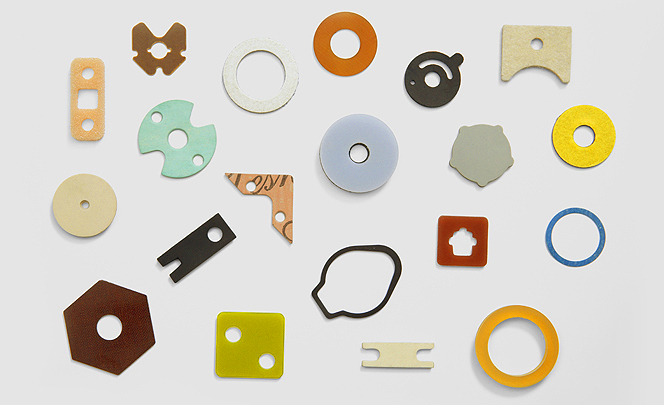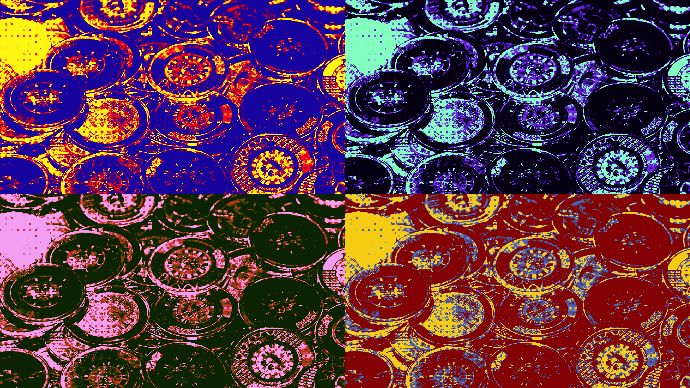
Gaskets are mechanical seals filling the space of two mating surfaces. Their sole intention is to prevent the flow of fluids from leaking to or from the two joined members. The gasket must be able to fill any abnormalities in the joined members while at the same time resisting emissions when the mating surfaces are in operation. So the exact main function of a gasket is to resist entry and emission of both gases and liquids when subjected to intense pressures and temperatures.
The materials that the gasket is made of are resilient to extreme degrees, to which they will deform, hence fittingly fill in the space it’s made to fit in. The suppliers of O ring gaskets specify them in the materials they are made of and their properties.
1. Elastomeric Materials.
This is entry level sheet sealing products that are used as a binder when combined with various fillers and fibers.
Examples of elastomeric are;
I. Natural Rubber.
It offers good resistance to mild alkalis and acids. They are not recommended for solvents and oils in areas that are exposed to direct sunlight and open spaces.
II. Fluoroelastomer.
This a fluorinated hydrocarbon that offers resistance to oils, aliphatic carbons, and many corrosive agents.
III. Butyl rubber.
This elastomer offers good resistance to gas and ozone permeation. It’s appropriate foresters, alkalis and mild acids. It has a poor resistance to fuels and oils.
2. Fibrous Materials.
IV. Carbon fibre.
The gasket has a high thermal conductivity. This will ensure extreme heat dissipation thus allowing high temperatures.
V. Cellulose
This a natural fibre that allows low temperatures to medium temperatures. The raw fibres are contractible.
VI. Man-made fibre.
It’s also commonly referred to as mineral wool. It consists of inorganic fibres that have a wide range of diameters. The fibres do not contract.
3. Other Materials.
VII. Flexible graphite.
The material here is pure graphite and has large chemical resistance. It’s suitable for wide temperatures that range up to 4000 deg. C in oxidizing environments, and 25000 deg. C in inert conditions.
VIII. PTFE Dielectric, exceptional anti-stick and a wide chemical resistance are the materials properties. It has low permeability and coefficient of friction. It’s easy to handle. The downside is that it’s easily degraded by radiation.
4. Metallic Materials.
The metal materials used in gasket making are; Alloy 825, Alloy 800, Titanium, Aluminum, Copper and Carbon Steel.
5. Non-Metallic Materials.
In defining the pertinent properties of these materials, they are composed of cork, non asbestos, cellulose and asbestos and they are combined with various fillers and binders.
The performance capabilities and mechanical characteristics of the gaskets highly depend on the materials that were used in manufacture. A surface that has not been machined flat can provide leak paths. Also, note that a too smooth gasket surface can cause it to blow up when under pressure. A good rule of thumb is a machined surface, that ensures it’s flat and the finish is enough to grip the gasket when it’s under compression.
This is an article provided by our partners network. It might not necessarily reflect the views or opinions of our editorial team and management.
Contributed content

Founder Dinis Guarda
IntelligentHQ Your New Business Network.
IntelligentHQ is a Business network and an expert source for finance, capital markets and intelligence for thousands of global business professionals, startups, and companies.
We exist at the point of intersection between technology, social media, finance and innovation.
IntelligentHQ leverages innovation and scale of social digital technology, analytics, news and distribution to create an unparalleled, full digital medium and social business network spectrum.
IntelligentHQ is working hard, to become a trusted, and indispensable source of business news and analytics, within financial services and its associated supply chains and ecosystems.




























